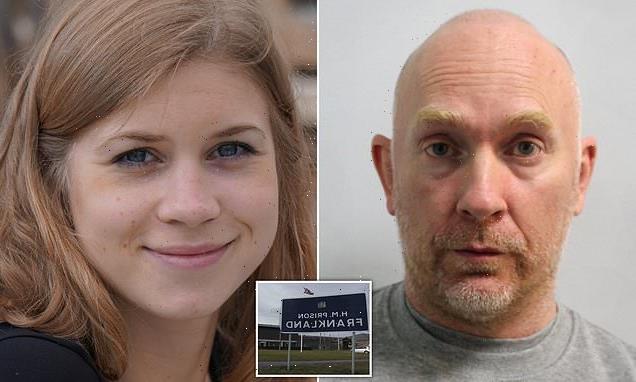New data reveals Britain’s most popular cars by postcode: While Bristolians opt for a VW, motorists in the capital prefer a Mercedes or BMW – and it’s a good old Ford in Liverpool and Essex
- A study has found vehicles tend to sell best in areas close to where they’re made
- Nissans are popular in Tyneside, where there is a factory that assembles them
- Meanwhile, in wealthier areas it is almost mandatory to own a luxury vehicle
- In Kensington, West London, one in four cars is either a Mercedes or a BMW
Where you live is a real driving factor in the type of car you end up owning, according to new data from the DVLA.
Vehicles tend to sell best closest to the factories where they are made – while in well-off parts of the UK, it is almost mandatory to own a luxury marque.
In the W8 postcode, encompassing wealthy Kensington in West London, one car in four is either a BMW or Mercedes.
Meanwhile, Aberystwyth and the Shetland and Orkney Islands have the smallest percentage of these two brands, making up just one in every 20 vehicles.
Ford and Vauxhalls are most common in towns with car-making heritage, with lots of Fords in parts of Essex near the Dagenham plant, and Vauxhalls around Luton.
Nissans are popular on Tyneside, where there is a factory.
Mercedes are among the most popular vehicles in wealthier areas of the UK. Pictured: Myleene Klass sits on her Mercedes
James Ruppert, author of second-hand car guide Bangerpedia, said: ‘Obviously posh car brands inhabit well-off areas, but it is excellent to see local brand loyalty isn’t dead.’
Volkswagen cars are at their most popular in Bristol, Volvos on the Scottish Borders, Fiats in Cardigan, Wales, and Hyundais in Carrickfergus, Northern Ireland.
Electric cars are popular in London – where they avoid the daily £27.50 charge imposed on more polluting cars – and Skegness.
Local car dealer David Smith, of NT Shaw of Louth, said the large retired population around Skegness find the cars ‘so easy to drive and cheap to run – and crucially, they have the disposable income to buy them in the first place’.
Car brand / postcode area (percentage of all cars in that area)
BMW
1. W8 Kensington (11.1)
2. IG2 Ilford (10.9)
3. E14 Isle of Dogs/Canary Wharf (10.9)
Mercedes
1. NW8 St John’s Wood (14.6)
2. TW5 Hounslow (13.3)
3. IG5 Ilford (13.1)
Volvo
1. TD6 Melrose, Scottish Borders (5.3)
2. YO17 Malton, North Yorkshire (4.5)
3. SW14 Mortlake, London (4.2)
Volkswagen
1. BS6 Bristol (16.7)
2. BD3 Bradford (16.7)
3. BD8 Bradford (16.2)
Ford
1. SS17 Stanford-le-Hope, Essex (32.4)
2. L26 Halewood, Liverpool (28.9)
3. SS12 Wickford, Basildon (28.8)
Vauxhall
1. LU2 Luton East (23.3)
2. LU3 Luton north (22.4)
3. CH65 Ellesmere Port, Cheshire (22.3)
Nissan
1. WR5 Worcester (15.0)
2. NE31 Hebburn, South Tyneside (10.6)
3. SE28 Thamesmead, South London (10.3)
Fiat
1. SA43 Cardigan, Pembrokeshire (8.2)
2. ST5 Newcastle-under-Lyme, Staffs (4.6)
3. IG9 Buckhurst Hill, Epping Forest (4.6)
Hyundai
1. BT38 Carrickfergus, Northern Ireland (9.4)
2. BT11 West Belfast (8.7)
3. BS35 Bristol (8.3)
Tesla
1. W8 Kensington (1.6)
2. NW3 Hampstead (1.5)
3. NW8 St John’s Wood (1.4)
All-electric car – any make
1. NW3 Hampstead (5.5)
2. NW8 St John’s Wood (5.3)
3. PE25 Skegness (4.7)
Source: Read Full Article



